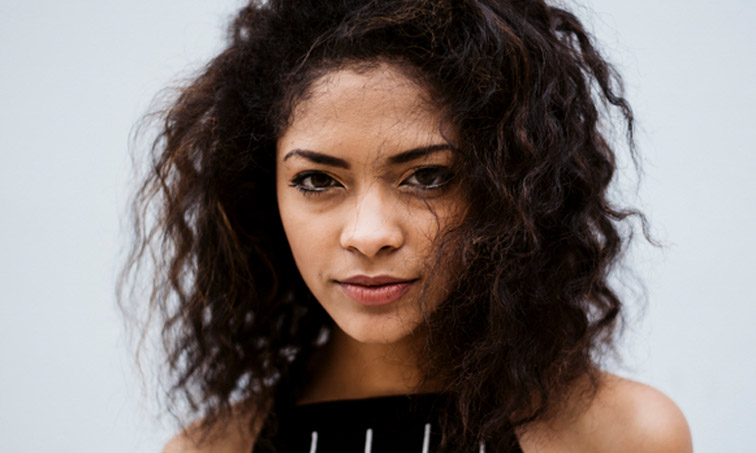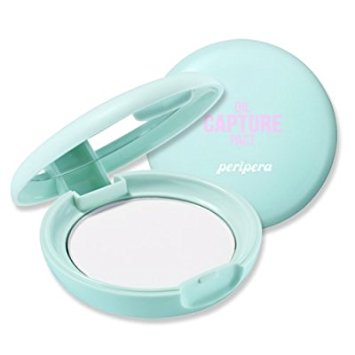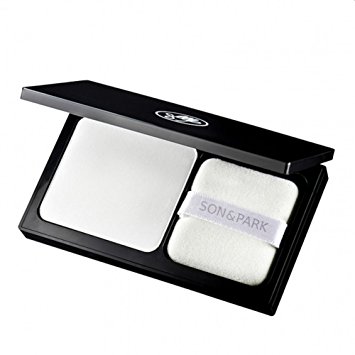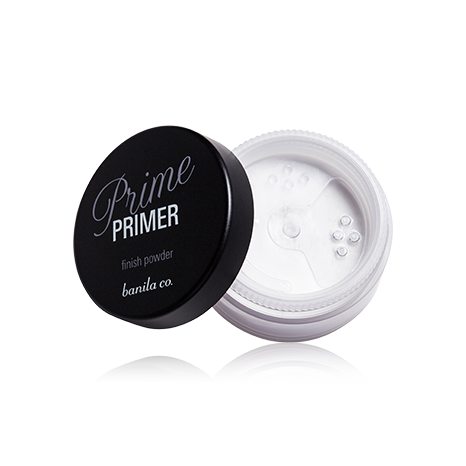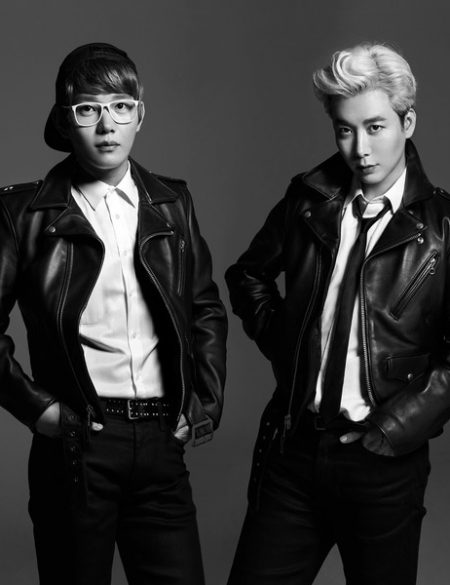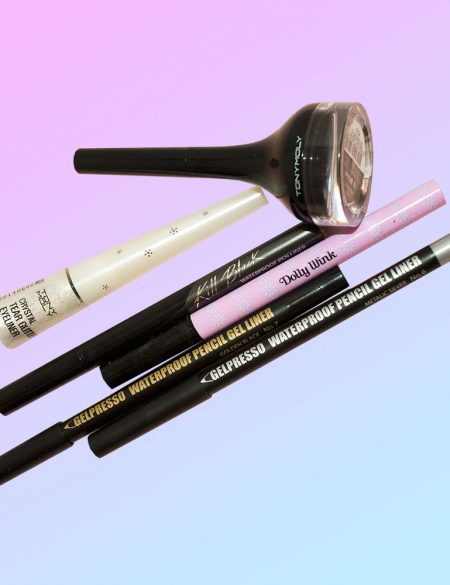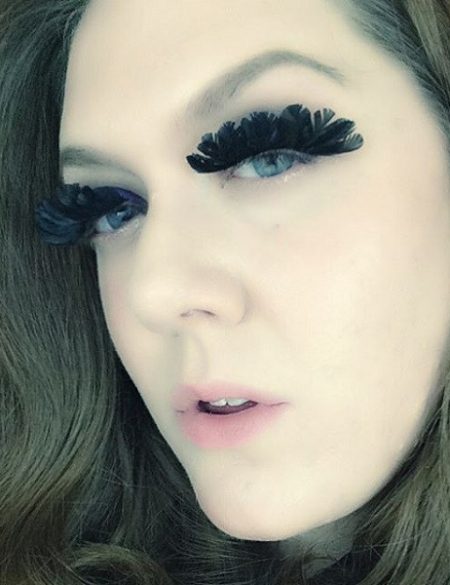Welcome to Do It Better. While we love all things skin care here at The Klog, we also adore makeup. In this series, we’ll break down the most popular makeup techniques, how you can execute them better, as well as the best products for achieving your perfect look. This week, we’re walking you through how to apply setting powder without looking dry, cakey, or ghostly.
It’s an iconic shot: a black and white scene of a beautiful woman sitting in a cafe, or a hotel lobby, or at an elaborate vanity. She reaches into her dainty, perfectly matched purse and pulls out an ornate compact, pops it open, dabbing lightly at her nose with a pristine powder puff. It’s the very image of old-school glamour. It’s also dead. Because powder? It’s just not cool any more. And that’s a shame, because powder also happens to be one of the most potent secret weapons in your makeup arsenal, if you know how to use it.
Somewhere along the way, powder got a bad reputation (we blame the ‘80s). Fussy, drying, obvious in a way that the era of dewy skin, strobing, and no makeup-makeup just won’t stand for. But powder doesn’t have to be a symptom of old lady face. In fact, it’s one product you’re pretty much guaranteed to see in every makeup artist’s kit; even Fiona Stiles‘s, who works on the faces of glowy-skinned stars like Lily Collins and Gabrielle Union. So how does one use setting powder the right way? There are four things to remember.
Step 1: Be strategic about its placement and what you put it over
Despite what cartoons might have you believe, taking a giant powder puff to your whole face is not a good idea. In reality, how much powder you use and where you apply it is all a matter of what kind of look you’re going for, and what your skin is naturally prone to doing. ‘90s matte-look lovers may want to pat on a full-face layer, but those going for a dewier facade should focus on A) any areas where you tend to get oily during the day—like the T-zone—(try an oil-absorbing powder in this area, like the Peripera Oil Capture Pact or the Son & Park Flawless Pore Compact) and B) spots where you’ll be using other powder formulas.
Like its name suggests, the primary purpose of setting powder is to (shocker!) set your cream and liquid cosmetics, absorbing some of the moisture in them so they’ll be able to stick around all day. But your creams and liquids don’t know the difference between an invisible setting powder like the Banila Co. Prime Primer Finishing Powder and, say, your powder bronzer. That’s where disaster can strike, and also where setting powder can save the day. “Remember that ‘like goes with like,” says Stiles, “So if you’re using a powder blush, you’ll want to set your foundation with powder first so the pigment doesn’t grab. If you don’t, your blush will look streaky and uneven.” Likewise, other drift-prone products like cream blushes, bronzers, or highlighters can benefit from a quick hit of powder to keep them from sliding down you face mid-day.
Step 2: Use different brushes to apply setting powder
Powder puffs are a classic for a reason: They work. That doesn’t mean they need to be your go-to tool, though. While puffs can offer a good targeted concentration of powder, brushes will give you a diffuse, soft-focus application. Just don’t get too caught up in what the brush manufacturer says a particular brush is for; a giant fluffy brush can be great for all-over application, but tiny shadow brushes (scrupulously clean, of course) are ideal for tight spots, like around the nose or setting your undereye concealer (not to mention the occasional pesky zit).
For that matter, not all setting powders are created equal either; at least not for all skin tones. “I don’t believe in translucent powder. I just don’t think that one color works on all skin tones,” says Stiles. “You want your powder to be sheer, but by complementing the skin tone you will add brightness and life to the face without dulling the skin or making it look ashy or cakey.” Her own Fiona Stiles Invisible Finish Loose Setting Powder comes in five shades to keep dullness at bay.
Step 3: Makes mists your best friend
Even the oiliest types can wind up with porcelain doll face if there’s too much powder just sitting on top of the skin. Nothing combats that like a quick spritz, which hydrates any remaining traces of powder and gets rid of that dusty effect. Stiles suggests use a fine mist spray to “melt” the powder into foundation and make your skin look flawless; we like to opt for one with an extra dose of skin-loving ingredients, like the Enature Birch Juice Hydro Mist (perfect for anyone who needs a hit of hydration during the day) or the Neogen Code 9 Sebum Clear Pore Mist (which sends oily spots the signal to chill out). Just remember: Be careful about misting all day when you’re wearing sunscreen.
Step 4: Don’t think setting powder is only for setting foundation.
Useful as it may be, the realization that setting powder sets your makeup probably isn’t blowing your mind. Well brace yourself, because setting powder is the Swiss Army knife of the makeup world, and you never even noticed. For example, ever sweep on a new bronzer and realize, oh no, orange. Really, really orange? Instead of nabbing the makeup wipes and starting over, try buffing that business out with a powder-loaded puff; the soft texture and absorbent properties help it lift away unwanted product.
Or put an extra dusting of setting powder under your eyes before you get into a major eye look like glitter, or a smokey style; any fallout will hit the powder, then all you have to do is brush it away, easy as pie. We’ve already covered its ability to keep your lipstick on lockdown, but what about venturing beyond the face? The new conditioner left your hair looking greasy post-lunch? A dab of setting powder at the roots makes a perfect emergency replacement for dry shampoo. And nothing saves you from painful chafing like an invisible coat of setting powder. See, those silver screen mavens knew what was up.


